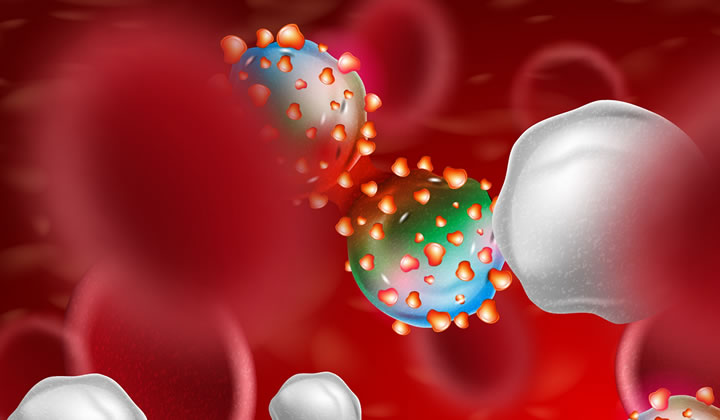
Thrombin generation, thrombin-antithrombin complex (TAT) levels, and prothrombin fragment 1+2 (F1+2) have shown potential as biomarkers of thromboembolic risk. The aims were to establish reference intervals for these three biomarkers and to assess the levels in patients with localized cancer compared with healthy individuals.
Methods
We included 124 healthy individuals (57 females and 67 males; aged 21–66 years), 86 patients with low-stage primary lung cancer, and 57 patients with localized head and neck cancer. Thrombin generation was determined by the calibrated automated thrombogram using platelet-poor-plasma reagent containing 1 pM tissue factor and 4 μM phospholipids. TAT and F1+2 were measured using commercial enzyme-linked immunosorbent assays. Reference intervals were calculated as mean ± 1.96 × standard deviation (thrombin generation and F1+2) or 2.5th to 97.5th percentiles (TAT).
Results
The reference intervals for thrombin generation parameters were: lag time 4.4–9.4 min, peak thrombin 46–288 nM, time-to-peak thrombin 8–15 min, and endogenous thrombin potential 554–1952 nM x min. The reference interval for TAT was ≤13 μg/l, and for F1+2 it was 47–320 pmol/l. Both low-stage primary lung cancer and head and neck cancer patients had significantly higher TAT (p <0.0001) and F1+2 (p < 0.0001) concentrations than healthy individuals. However, this was not reflected in the thrombin generation assay.
Conclusion
Reference intervals for thrombin generation, TAT as well as F1+2 were established. Patients with localized cancer had significantly elevated TAT and F1+2. TAT and F1+2 may hold potential for identifying hypercoagulation in cancer patients.


